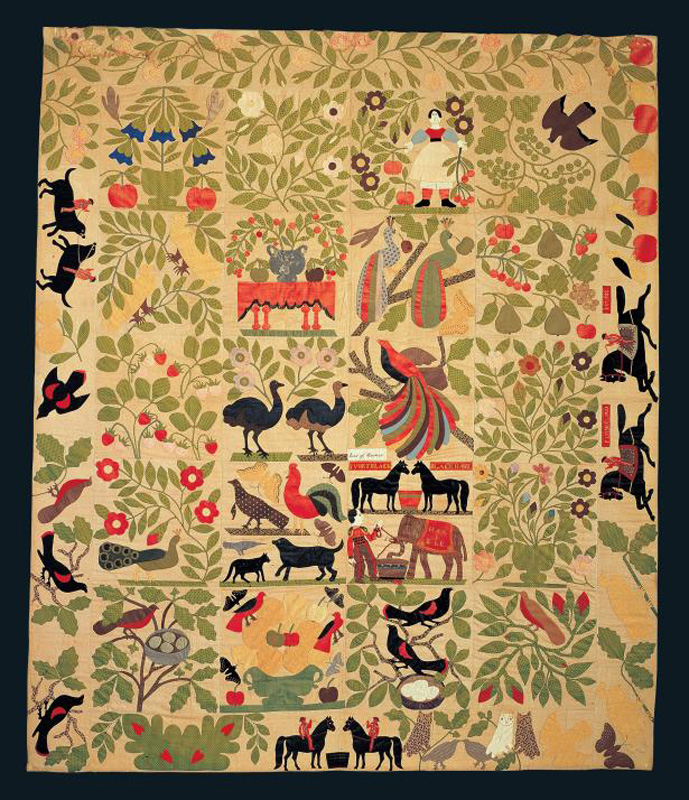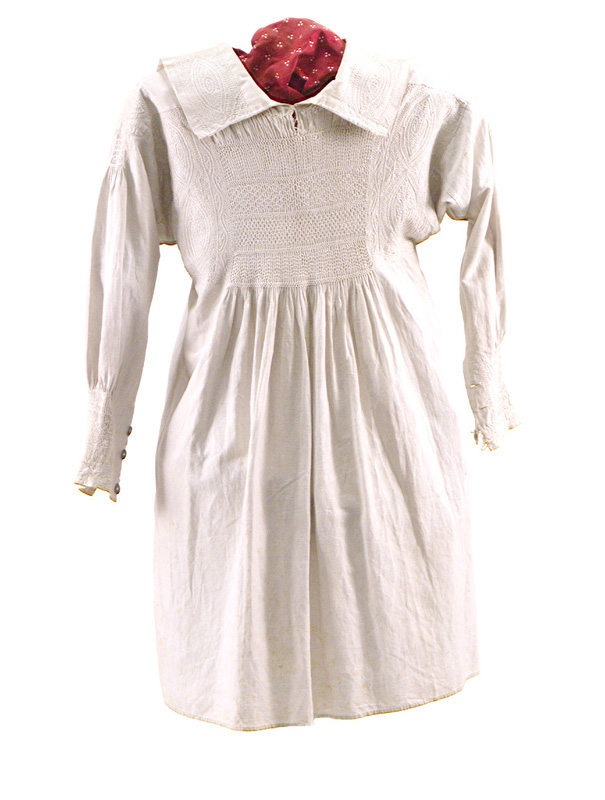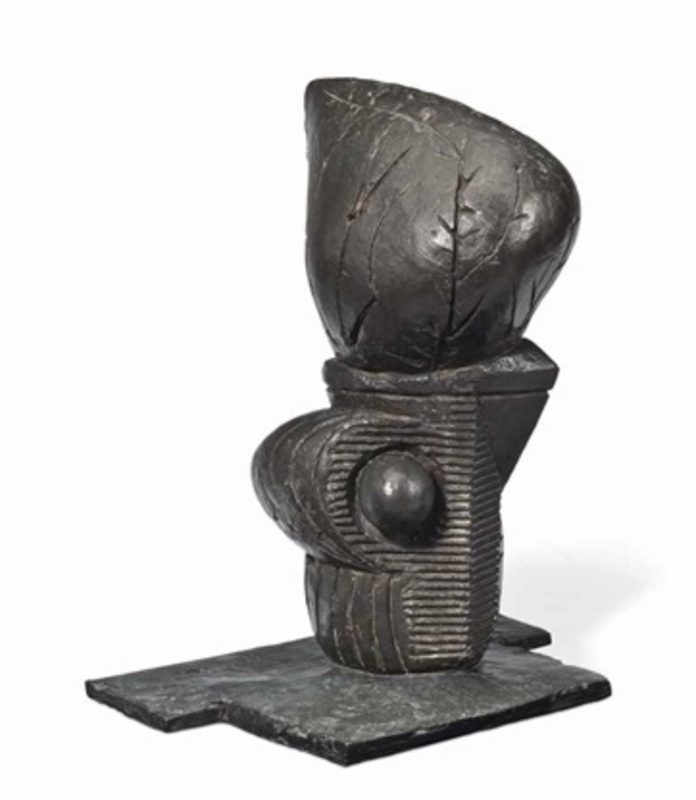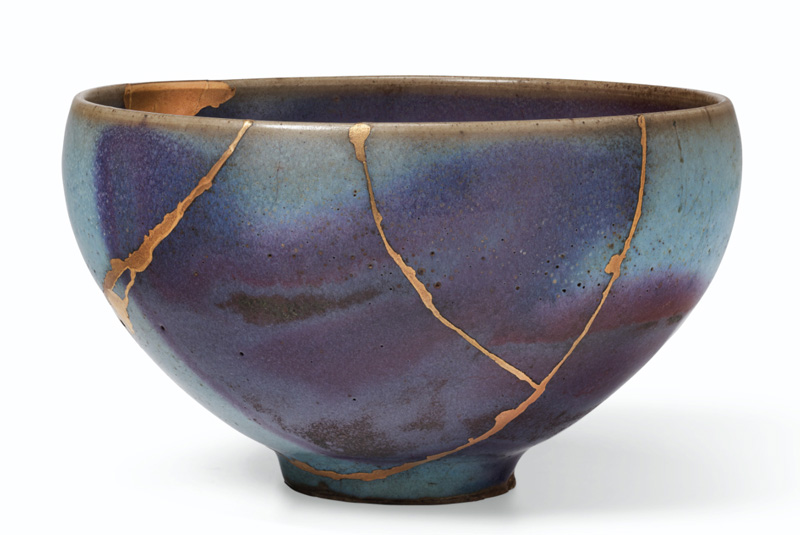
American Folk Art Museum
In Virtual Insights: Quilts Revisited, hosted on July 14, curator Emelie Gevalt and acclaimed quilt scholar and curator Elizabeth V. Warren discussed notable works from the museum’s collection, as well as quilting techniques and traditions. Originally hosted on Zoom, the recorded talk also includes the Q&A session from viewers at home. The recording is now available for review at your leisure here.
The AFAM has also put together a series of video visits encouraging caregivers to those with Alzheimer’s and other dementias to pause the film occasionally and start a conversation around each object. Elizabeth Gronke, the access educator of the AFAM, shares insights about each object featured throughout; and though the videos are primarily an accessibility tool, they are equally informative and pleasant to view in general. Weathervanes, portraits, and quilts, among others, are featured on their YouTube channel.

Tasting History
Max Miller is a fairly new face to YouTube, having only begun the Tasting History series 4 months ago, but the attention his channel has received thus far is overwhelming—and for good reason! In each of Miller’s videos, viewers learn a recipe and some history – much of it surprising and intricately interwoven with politics, religion, and other cultural factors that shape our tastes. Readers of TMA will remember Meredith Chilton’s coverage of Savor: A Revolution in Food Culture and the accompanying Melon of Minced Meat recipe. Consider Miller’s videos a similar foray into food history, but a bit more bite-sized.
As we all continue to weather COVID19, the Weird Cures for the Black Plague offers some much-needed amusement about pandemics, while also revealing an unexpected but surprisingly tasty dish from the period. Other medieval selections abound, including trenchers, cheesecake, and rastons. Miller’s recreation of garum – playfully coined “Ancient Rome’s favorite condiment” – is also well worth a watch.

The Museum of English Rural Life
As Glenn Adamson noted in our July/August issue, the MERL has an incredibly amusing Twitter presence and we encourage you to explore it. But the MERL’s digital offerings to do not end with Twitter: they have a virtual tour (best viewed on a desktop), several online exhibitions, and several online events.
Among the exhibitions, TMA favorites include:
- Shoulder to the Wheel – in it, a late Victorian antique wheel collected by the MERL in the 1960s is interpreted by three contemporary makers. Zoe Laughlin’s use of 3D printing technology offered a striking juxtaposition of production methodology. (And we’d be remiss not to mention that Adamson curated the exhibition. When he’s not writing for us, we still love to see his work!)
- Smocks, Smocking, Smocked – there are few garments more quintessentially rural than a smock, as the MERL’s exhibition notes read: “Worn to protect the clothing of agricultural laborers when working outside, these cotton or linen garments have since been used for a variety of social and cultural purposes.” Those various purposes are explored throughout the exhibition, using 63 smocks from the museum’s collection.
- Folk and Customs – a collection of folk related highlights from the museum’s photo collection, this exhibit offers insight into a few English customs and traditions. Be sure to click each image to expand it, and scroll over the text to read the full descriptions.

Gray Gallery, opening July 16
The Gray has put together a series of online “viewing rooms” – webpages that use video, audio, text, and image to create an exhibition space experience online – and their upcoming room focuses on Le Bouquet, a 1951 bronze by Pablo Picasso. Beginning July 16 at 10 AM EST, visitors will be able to immerse themselves in Picasso’s period of profound sculptural experimentation. Readers who enjoyed our coverage of Picasso’s paper works will find this viewing experience equally mesmerizing. Access requires an email subscription, which can be completed here.

Christie’s, July 15 to July 25
Highlights from Christie’s July Asian Art Week auctions are available for digital preview by registering here; highlights range from rare Song dynasty ceramics and 17th-century Japanese screens to Tyeb Mehta’s seminal exploration of his Falling Figure. The preview will run from July 15 at 1 PM EST to 2 PM EST, and is part of larger Asian Art Week events online.
The highlights cover each of the auctions that compose the online Asian Art Week auctions: Fine Chinese Paintings, Japanese and Korean Art, South Asian Modern and Contemporary Art, Indian, Himalayan & Southeast Asian Works of Art, and Chinese Ceramics and Works of Art.
Christie’s has also composed several viewing rooms – similar to those at Gray Gallery – for the highlights and Chinese Ceramics and Works of Art, as well as an artist highlight of Bada Shanren. New viewing rooms will be opened throughout the week.
